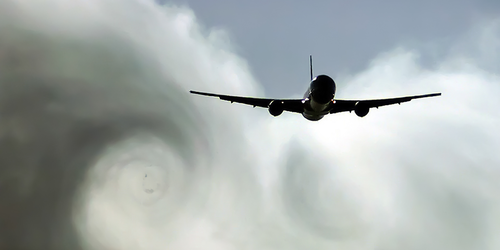Turbulence Modeling No Longer a Drag
When a fluid flows across a solid surface, friction arises between the fluid and the surface. This friction dictates the energy needed to pump oil through a pipe or the fuel needed to fly an aircraft through the sky, for example. Previous models of such friction were accurate for only a limited range of turbulent flows. Now Shivsai Dixit and his colleagues at the Indian Institute of Tropical Meteorology have developed a generalized model that is accurate for many more such flows [1].
To date, all models of friction in turbulent flows describe mathematically how the amount of friction varies as a quantity called the Reynolds number is changed. This number is the ratio between inertial and viscous forces in the flow. Previously, these relationships were inferred from empirical data and were thus reliable only for flow types extensively studied in either experiments or numerical simulations. These flows include idealized ones, such as those in wind tunnels, but not ones of practical interest, such as the airflows that whip around airplane wings or turbine blades.
In their new model, Dixit and his colleagues overcame this restriction by determining how the amount of friction varies with the Reynolds number directly from the equations that govern the dynamics of turbulent flows. The key step was to carefully consider such dynamics and the boundary conditions associated with these equations. The researchers found that their model accurately predicts the amount of friction measured in experiments and numerical simulations for a wide range of Reynolds numbers and flow types.
–Ryan Wilkinson
Ryan Wilkinson is a Corresponding Editor for Physics Magazine based in Durham, UK.
References
- S. A. Dixit et al., “Generalized scaling and model for friction in wall turbulence,” Phys. Rev. Lett. 132, 014001 (2024).




